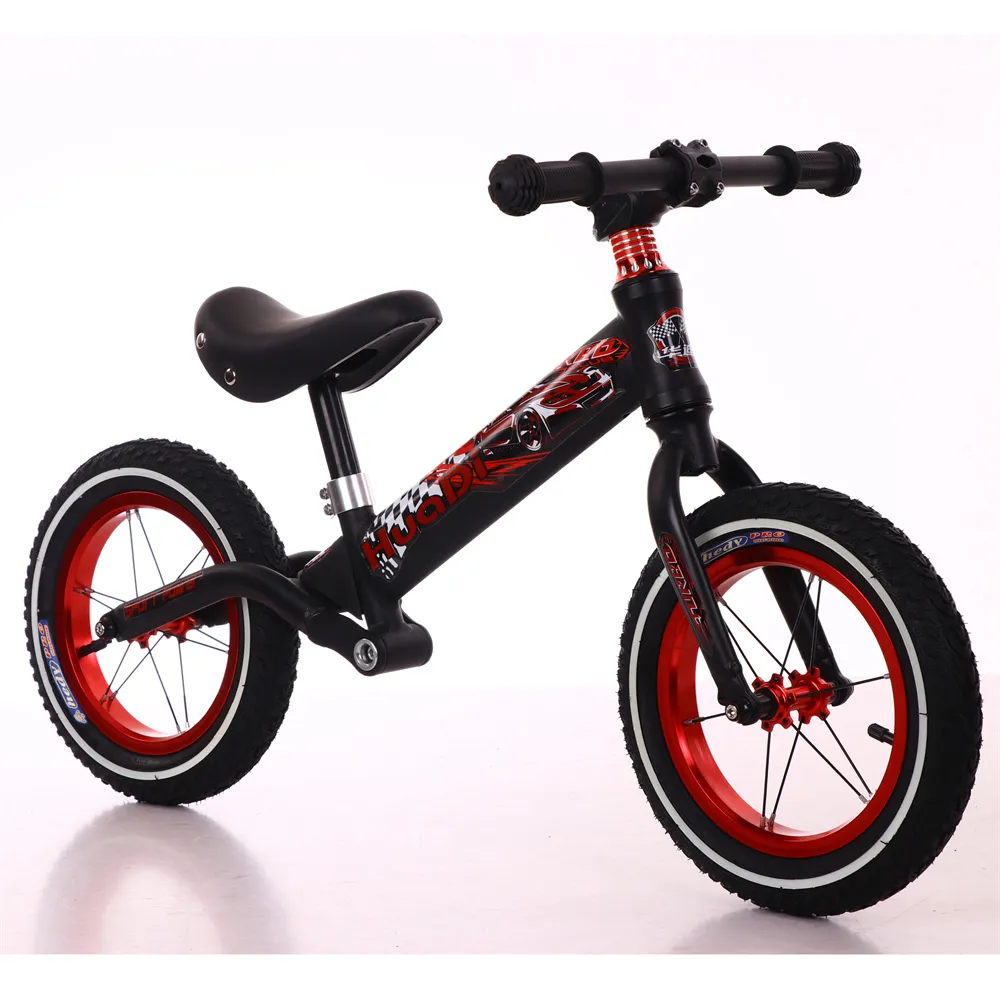Guide to Choosing the Right Bike Size for Kids Based on Age and Height
Understanding Kids' Bike Sizes A Comprehensive Guide
Choosing the right bike size for your child can be a daunting task, especially with the myriad of options available in the market. A well-fitted bike not only enhances your child's riding experience but also ensures their safety. The key to finding the perfect bike lies in understanding how bike sizes are measured and what factors to consider. This article aims to simplify the process by providing a comprehensive overview of kids' bike sizes, utilizing a size chart as a reference.
Importance of Bike Sizing
A correctly sized bike allows for better control, comfort, and confidence while riding. If a bike is too large, it can be difficult for a child to manage, leading to potential accidents. Conversely, if it's too small, they may quickly outgrow it, transforming the investment into waste. Hence, using a kids' bike size chart as a guideline is beneficial.
Kids' Bike Size Chart
Bike sizes for kids are typically measured in inches, corresponding to the wheel diameter. The chart below provides a simple guideline based on age and height; however, individual measurements should always take precedence.
| Age Range | Height Range (inches) | Wheel Size (inches) | |------------------|-----------------------|----------------------| | 2 - 4 years | 34 - 40 | 12 | | 4 - 6 years | 36 - 42 | 14 | | 5 - 8 years | 42 - 48 | 16 | | 7 - 10 years | 48 - 54 | 20 | | 9 - 12 years | 54 - 60 | 24 | | 12+ years | 58+ | 26 |
This chart provides a rough estimate and can be adjusted based on the child's inseam measurement and riding skill level. For instance, a child with a longer inseam may fit into a larger bike earlier than suggested by the age guidelines.
kids bike sizes chart

Factors to Consider
1. Inseam Measurement In addition to height, inseam measurement is crucial. The inseam is taken from the top of the inner thigh to the ground. This measurement helps determine the standover height of the bike. For a child to be comfortable and secure, they should be able to stand over the bike with at least an inch or more of clearance.
2. Skill Level Consider your child’s experience and confidence level with biking. Beginners may benefit from smaller bikes, which allow for greater control. If your child is more adventurous and experienced, a larger bike might be appropriate as long as they can handle it safely.
3. Bike Type Different types of bikes may vary in sizing. For example, balance bikes, BMX bikes, and mountain bikes come in various geometries and styles which might affect how size fits your child. Make sure to refer to specific sizing guidelines for each bike type.
4. Adjustability Look for bikes that offer adjustable seat heights and handlebar positions. This will allow the bike to grow with your child and extend its usability over the years.
5. Test Ride If possible, have your child test ride the bike before making a purchase. This practice not only helps them feel more comfortable but also allows you to assess whether they can reach the pedals and handlebars without straining.
Conclusion
Investing in the right bike size for your child is a vital step in promoting a lifelong love of cycling. By utilizing the kids' bike size chart and considering additional factors like inseam measurements and skill level, you can ensure that your child rides comfortably and safely. Remember, a well-fitted bike can make all the difference in building confidence and encouraging outdoor activity. So, gear up, hit the trails, and enjoy the adventure of cycling together!
-
Unleash Fun and Safety with Our Premium Kids Scooter CollectionNewsJun.06,2025
-
Safe and Fun Rides with Our Premium Kids Tricycle CollectionNewsJun.06,2025
-
Explore Fun and Safety with Our Top-Quality Kids' BikesNewsJun.06,2025
-
Experience Fun and Safety with Our Premium Swig Car CollectionNewsJun.06,2025
-
Discover Confidence and Safety with Our Premium Kids Balance Bike CollectionNewsJun.06,2025
-
Adventure Awaits with Our Safe and Fun Kids Mini BikesNewsJun.06,2025
-
The Best Childrens Scooters for Fun and SafetyNewsJun.06,2025








